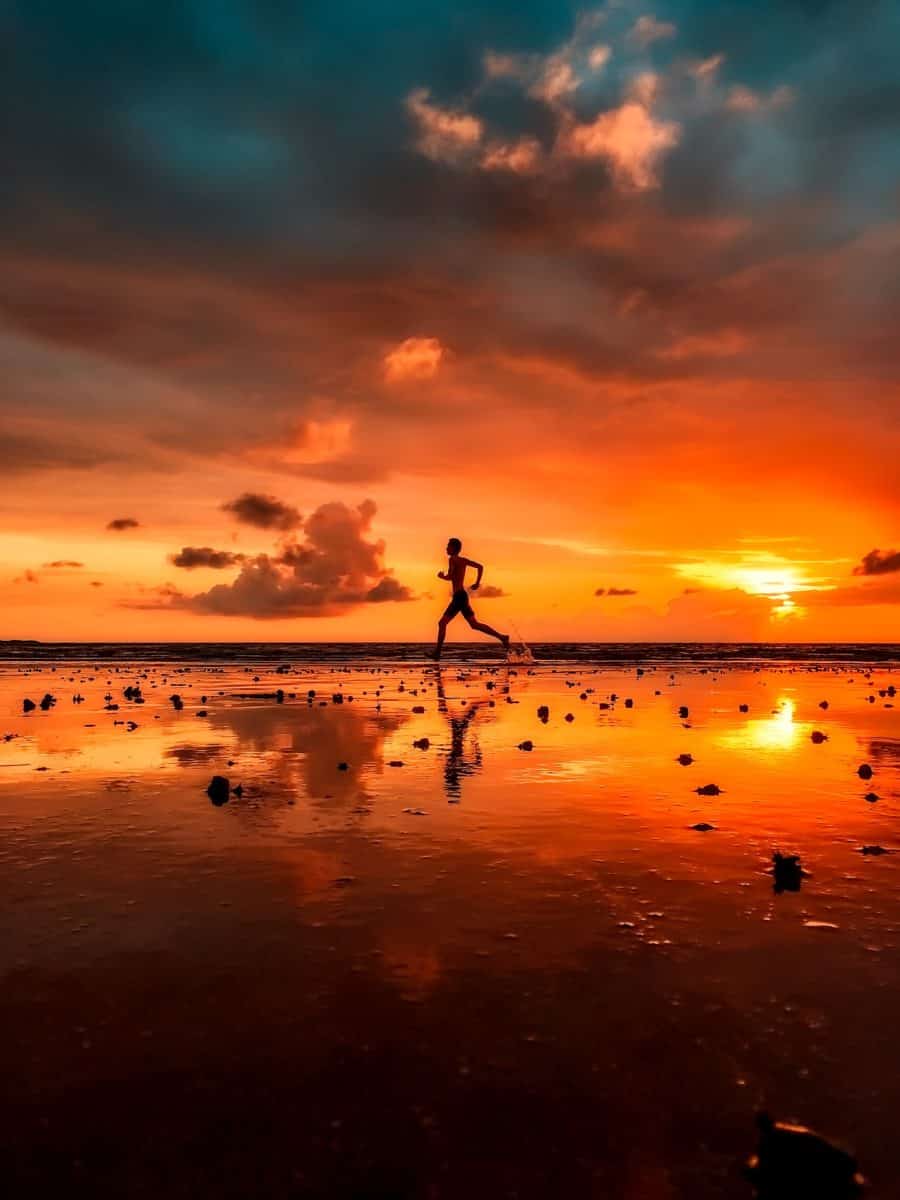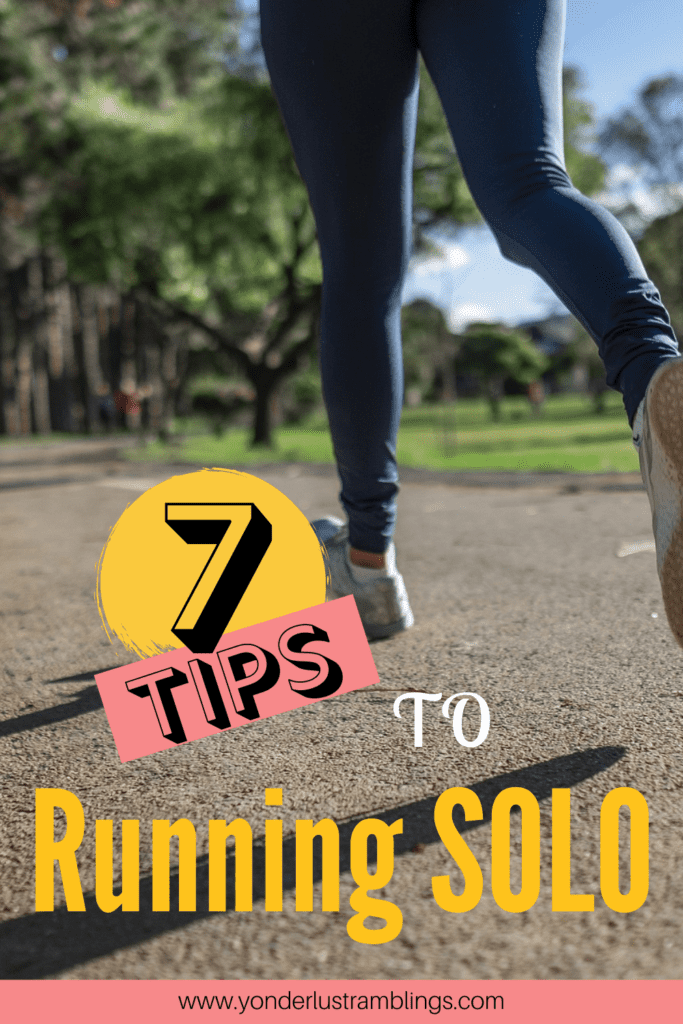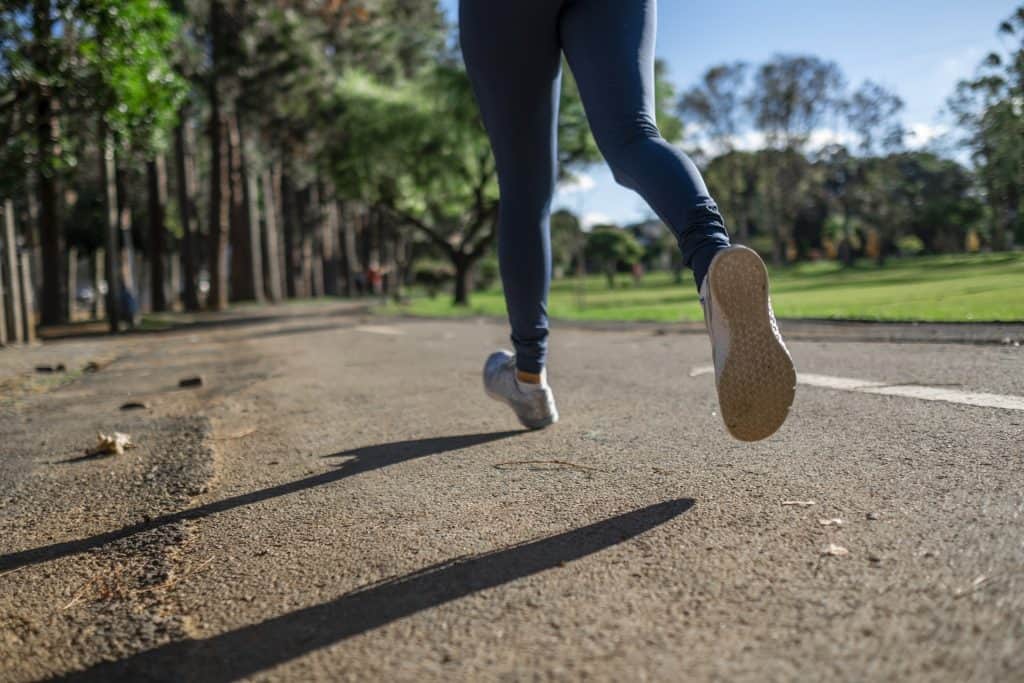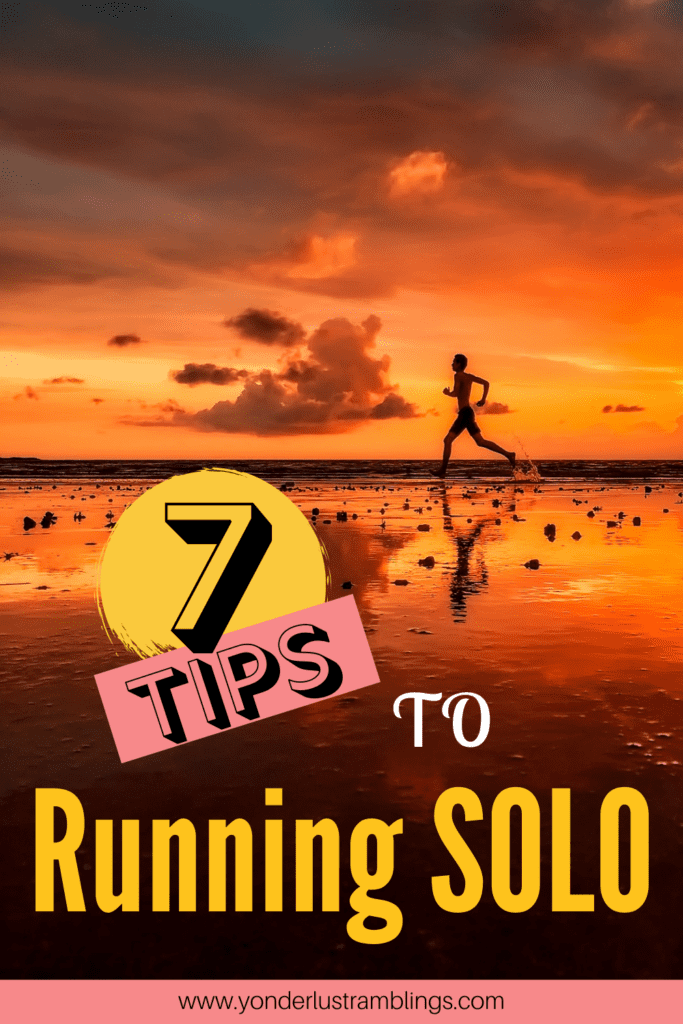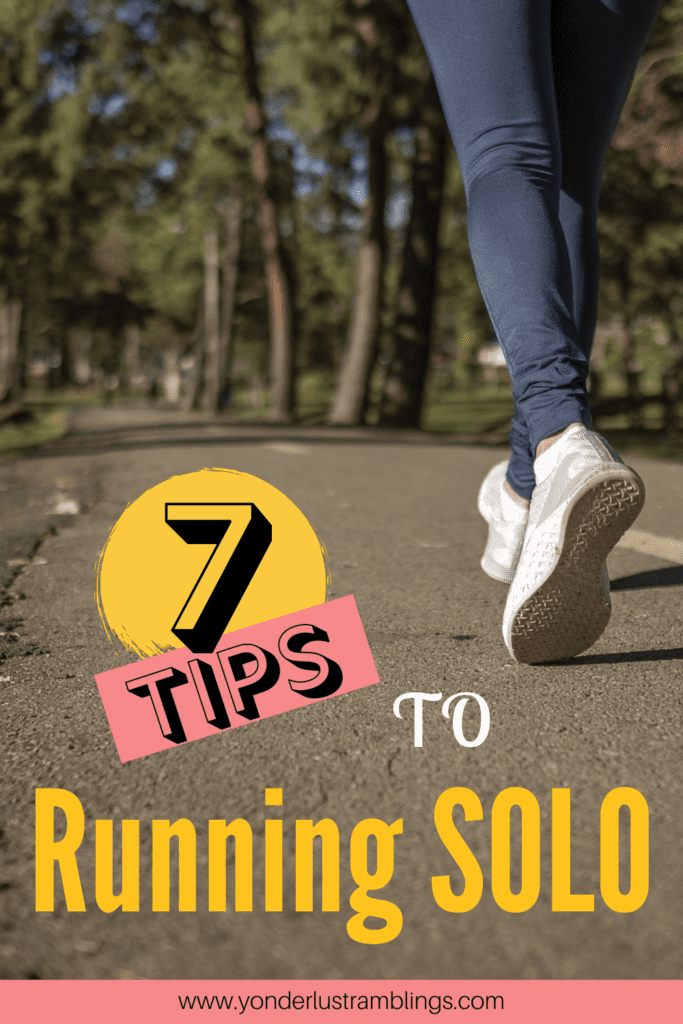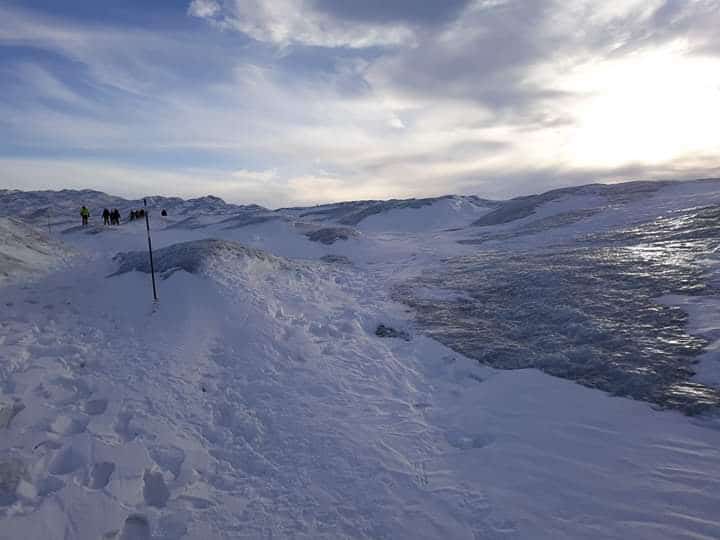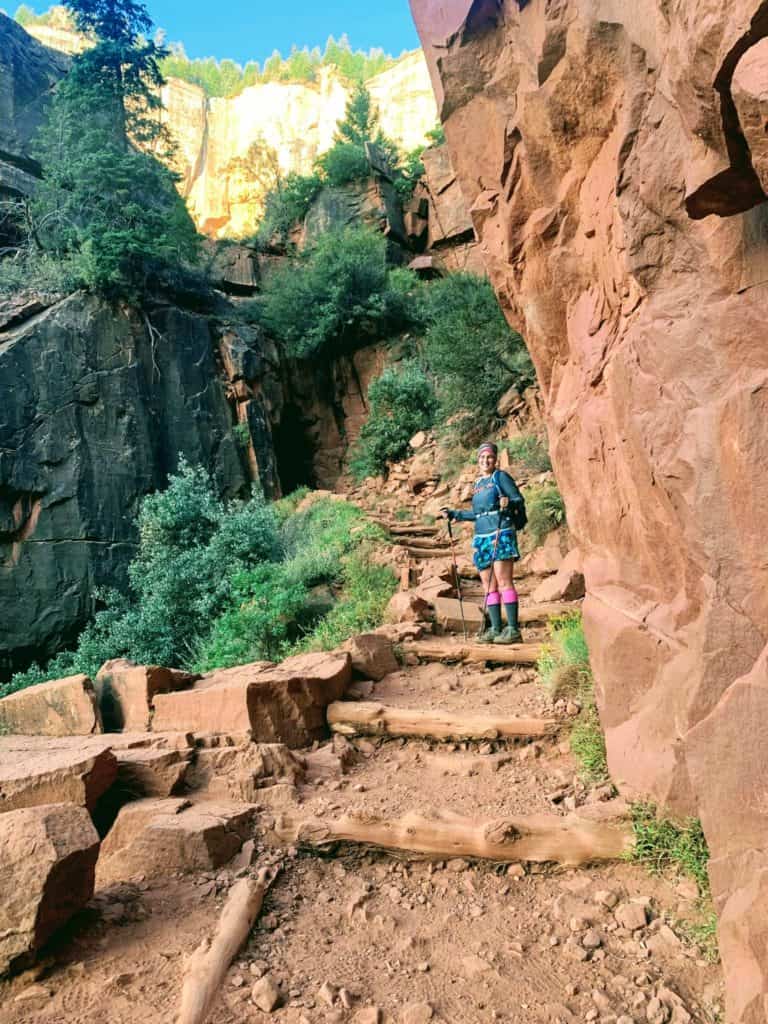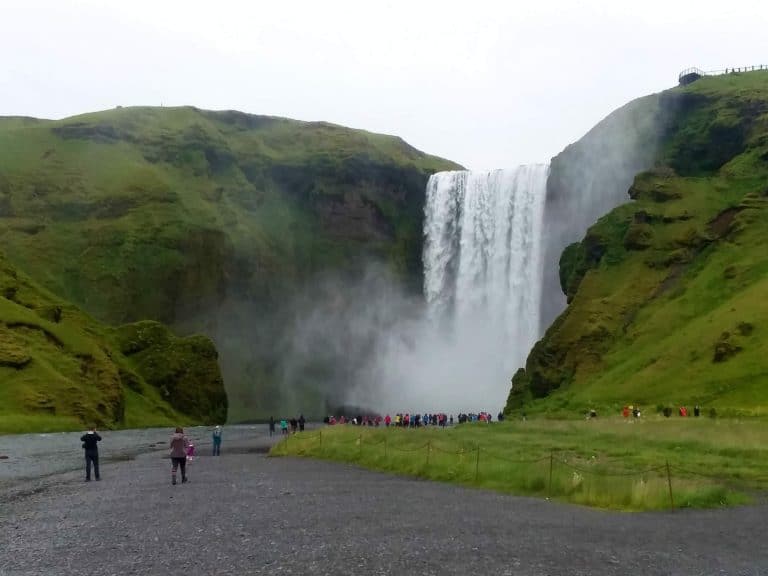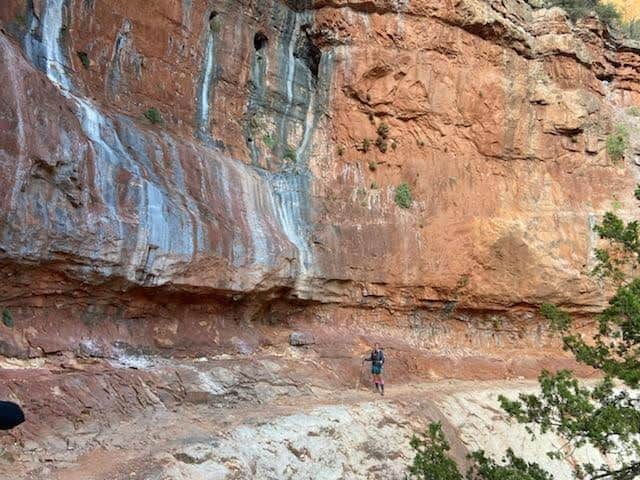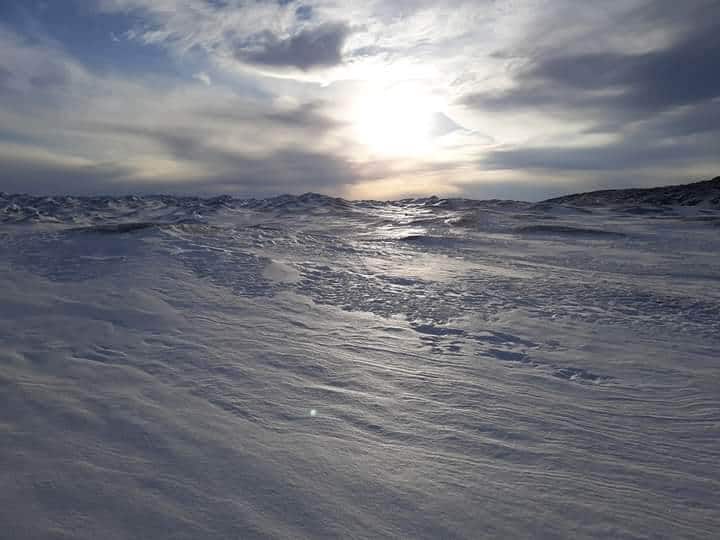7 Solo Running Tips: How to Conquer Running Alone
It can be hard to take the dive into running solo, but there are plenty of potential benefits as well! Solo running can offer a peaceful escape, a way to reduce stress, a chance to clear your mind and embrace solitude, and a way to enjoy individual fulfillment and empowerment. But running solo also needs to be balanced with safety and responsibility. These 7 solo running tips will have you getting the most out of running alone!
The 7 Solo Running Tips are:
- Get the Right Gear
- Plan Ahead
- Notify Someone
- Pay Attention
- Use Others
- Know Yourself
- Be Overprepared
Disclosure: Below are some affiliate links-these are all products I highly recommend. I won’t make any recommendations on this page that I haven’t tested or personally used! Enjoy these 7 solo running tips!
Table of Contents
7 Steps to Solo Running Safety
Make these 7 solo running tips a part of your running plan, and know in advance how you would plan to implement them as part of your regular running regimen.
Solo Running Tip #1: Get the Right Gear
Preparation can proactively offset a lot of things that go wrong. Preparing with the right gear from day 1 can give you the best odds of enjoying solo running! Don’t forget to run with a phone that is easily accessible, as part of your gear list! Of course, it is best not to run while on your phone, but it should be easily accessible at all times!
There are many components to a well planned running gear inventory, but there are a few crucial basics no one should go solo running without: shoes and a water transportation system.
Immobility is a big red flag to avoid when running alone. Twisted or sprained ankles or other injuries are more dire when solo running. A good, reliable pair of shoes is one of the best things you can invest in for your safety and comfort if your running regimen involves running solo. Depending on whether I am road running or trail running, I have two go to’s.
The Brooks brand has served me well in road running training and races. I have run every long distance road running race and training run in my Brooks Glycerins. When it comes to trail running and the unique terrain and characteristics that come with it, I go with Hoka Speedgoats, for their unsurpassed cushioning and trail grip.
CHECK OUT: The 21 Most Extreme Adventure Races in the World
Ultimately, there is no one size fits all when it comes to running shoes, and you should still pay a visit to a local running store and have your gait analyzed, reach out to other runners, and test what works best for you. But myself and many, many other runners will attest that these are two brands that are a good starting point, and could quite possibly be what you end up choosing.
The other must have for safety and responsibility is a water hydration system. If you are running on a supported course, like an organized race, or a path with water fountains available, then a small handheld canteen style bottle, or a collapsible water cup can suffice. If you have a designated spot that you are going to loop back to frequently (like if you are running in your own neighborhood), setting an insulated water bottle like this one out for pit stops can also be a good option.
If you are running somewhere that is not supported, like a more remote park trail, or a run that is long distance out and back, water hydration becomes a vital necessity, especially for solo running. It is more important to have your water system on you and readily available. In these cases, I rely on a water hydration vest like this Camelbak model that is equipped with a 1.5 liter, wide mouthed bladder, and a medium sized storage pocket for necessities like your phone, keys, snacks, and Chapstick. This model is designed specifically for runners, and its flush design secures snuggly to your back and prevents pesky bouncing when running. The storage pouches are small enough to remain lightweight, but sufficient enough to carry all necessities on you. The bladder has a wider opening for easy filling, cleaning, and drying, and the best part is being able to hydrate at any time and on the go.
***For a full list of running gear essentials, check out my half marathon training guide, my own full marathon training guide, and trail running for beginners intro guide!
Solo Running Tip #2: Plan Ahead
If you are running alone, don’t wing anything! Plan ahead! Know your route, know the weather, know what gear you need, and know how far you intend to go and your estimated time to finish! Know where you will stop for breaks, know where facilities like bathrooms are, and know what the weather will look like! Eat a good meal before and hydrate well, and know how you will hydrate along your run.
Solo Running Tip #3: Notify Someone
Make sure a friend or family member knows you are solo running, knows where you are running, and knows about when you should be finished with your run. Check in with someone when you are done and let them know you are home safely. It is not a bad idea on long distance runs or remote runs to even check in with someone at designated times throughout a run.
Solo Running Tip #4: Pay Attention
Pay attention at all times! Especially if you are solo running somewhere more remote, like a park trail. This is not only for your safety, but for the safety of others around you. Watch for obstacles in your path, potential hazards due to elements like traffic or impending weather, and be ready to make adjustments as necessary at a moment’s notice. Encountering an injury due to lack of attention can be that much more debilitating when running alone.
CHECK OUT: The Top 12 National Park Marathons and Half Marathons in the US
Being on constant alert can also help others around you who may be solo running. If they are in trouble or immobile, you may be a lifeline if you are able to hear them and offer aid. For this reason, make sure you can see, and just as importantly, hear, the environment around you at all times when running solo! I love enjoying my surroundings when I am running alone, as I find it is a great way to clear my mind. But it is also a good practice to habitualize keeping distractions at a minimum, and making sure that nothing interferes with your ability to pay attention and adjust mid run.
Solo Running Tip #5: Use Others
There’s a fine line in solo running safety between protecting yourself, and leaning on others to enhance your safety. It is wise, especially in more remote running locations, to not openly advertise to everyone that you are running alone. However, it can also be helpful in preparedness to lean on others’ knowledge.
If you are running a longer distance, ask those you pass if they encountered any other runners up ahead, or any obstacles? When is the next water fountain or bathroom? Maybe there’s a loose dog to watch out for, or in more remote locations, other impending wildlife. Downed trees, loose rocks, and overflowing streams are good things to know about in advance. There was even an instance once when I was trail running that I was warned of a downed power line up ahead on the trail!
And in kind, offer helpful advice in return. I find this is extremely helpful in situations involving multi-use trails, where runners and bikers warn in kind of what to expect further up or down a trail, to avoid collisions! It does not have to be a lengthy conversation, or a conversation where you offer up more personal information than is necessary.
Solo Running Tip #6: Know Yourself
Don’t take on a challenge you are not ready for, especially when running alone! Don’t set out to go solo running for 10 miles, if the longest you currently run is 2 miles! Check your intended route, and make sure the length and elevation gain are appropriate for what you are ready for. Check the weather, and make sure that it will be ideal for your proposed running time, and if not, make sure that you are okay with and prepared for running alone in less than ideal running conditions. Bring the right gear, particularly shoes, based on the type of terrain you will be running on. Check out this post on the differences between road running and trail running for pointers! Running alone is not the time to experiment with getting in over your head! Have realistic expectations, and work up towards your goals in safe and responsible increments, especially when running alone.
CHECK OUT: Long Distance Trail Running Training Plan for Beginners
Solo Running Tip #7: Be Overprepared
Be over-prepared in terms of knowledge, preparedness, and gear! Know the details of your course, know the weather, know when and where you will stop for breaks, know how you plan to hydrate. Know the challenges of the course, and know the weather forecast. Research your course ahead of time.
Know what your plan of action will be for situations that are more precarious when running solo – bad weather, unsavory individuals, getting lost, etc. Know exactly what you will do in each of those situations. Have a plan in place, so that in case you encounter them, you do not get stuck in panic mode. Poor decisions are more frequently made in panic mode. So stay calm, and stick to your plan when running alone.
***Find these tips helpful? Get more running tips in this complete guide to long distance running training!
PIN for LATER!

